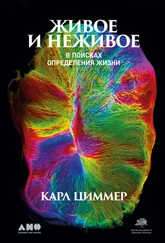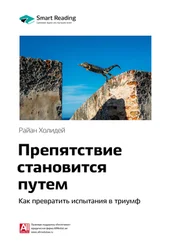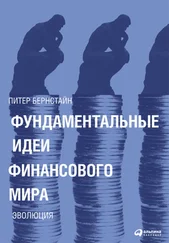____ The song of the dodo: Island biogeography in an age of extinctions . New York: Scribner, 1996.
Ricciardi A., Maclsaac H.J. “Recent mass invasion of the North American Great Lakes by Ponto-Caspian species.” Trends in Ecology and Evolution , 2000, 15: 62–65.
Rosenzweig M.L. Species diversity in space and time . Cambridge: Cambridge University Press, 1995.
Sala O.E., Chapin F.S. 3rd, Armesto J.J., Berlow E., Bloomfield J., Dirzo R., et al. “Global biodiversity scenarios for the year 2100”. Science , 2000, 287: 1770–1774.
Shackleton, N.J. “The 100,000-year ice-age cycle identified and found to lag temperature, carbon dioxide, and orbital eccentricity.” Science , 2000, 289: 1897–1902.
Sheehan P.M., Fastovsky D.E., Barreto C., Hoffmann R.G. “Dinosaur abundance was not declining in a ‘3 m gap’ at the top of the Hell Creek Formation, Montana and North Dakota.” Geology , 2000, 28: 523–526.
Simberloff D. Schmitz D.C., Brown T.C. Strangers in paradise: Impact and management of nonindigenous species in Florida . Washington, D.C.: Island Press, 1997.
Smil V. Cycles of life: Civilization and the biosphere . New York: Scientific American Library/Freeman, 1997.
Stott P.A., Tett S.F.B., Jones G.S., Allen M.R., Mitchell J.F.B., Jenkins G.J. “External control of 20th century temperature by natural and anthropogenic forcings.” Science , 2000, 290: 2133–2137.
Thornton I.W.B. Krakatau: The destruction and reassembly of an island ecosystem . Cambridge, Mass.: Harvard University Press, 1996.
Van Driesche J., Van Driesche R. Nature out of place: Biological invasions in the global age . Washington, D.C.: Island Press, 2000
Vitousek P.M., D’Antonio C.M., Loope L.L., Westbrooks R. “Biological invasions as global environmental change”. American Scientist , 1996, 84: 468–479.
Ward P.D. The call of distant mammoths: Why the ice age mammals disappeared . New York: Copernicus, 1997.
____ The end of evolution: On mass extinctions and the preservation of biodiversity . New York: Bantam Books, 1994.
____, Montgomery D.R, Smith R. “Altered river morphology in South Africa related to the Permian-Triassic extinction.” Science , 2000, 289: 1740–1743.
Wilson E.O. The diversity of life . Cambridge, Mass.: Belknap Press, 1992.
Глава 8: Коэволюция
Barlow С. The ghosts of evolution: Nonsensical fruits, missing partners, and other evolutionary anachronisms . New York: Basic Books, 2001.
Brodie E.D., III, Brodie E.D., Jr. “Predator-prey arms races and dangerous prey.” Bioscience , 1999, 49: 557–568.
Buchmann S.L., Nabhan G.P. The forgotten pollinators . Washington, D.C.: Island Press, 1996.
Currie C.R., Mueller U.G., Malloch D. “The agricultural pathology of ant fungus gardens.” Proceedings of the National Academy of Sciences , 1999, 96: 7998–8002.
Darwin С. On the various contrivances by which British and foreign orchids are fertilised by insects, and on the good effects of intercrossing . London: John Murray, 1862.
DeMoraes C.M., Lewis W.J., Pare P.W., Alborn H.T., Tumlinson J.H. “Herbivore-infested plants selectively attract parasitoids.” Nature , 1998, 393: 570–573.
Diamond J. “Ants, crops, and history.” Science , 1998, 281: 1974–1975.
Ehrlich P.R., Raven P.H. “Butterflies and plants: A study in coevolution.” Evolution, 1964, 18: 586–608.
Evans E.P. The criminal prosecution and capital punishment of animals . London: Faber & Faber, 1987.
Farrell B.D. “‘Inordinate fondness’ explained: Why are there so many beetles?” Science , 1998, 281: 555–559.
Georghiou G.P., Lagunes-Tejeda A. The occurrence of resistance to pesticides in arthropods . Rome: UN Food and Agriculture Organization, 1991.
Melander A.L. “Can insects become resistant to sprays?” Journal of Economic Entomology , 1914, 7: 167–173.
Mueller U.G., Rehner S.A., Schultz T.R. “The evolution of agriculture in ants.” Science , 1998, 281: 2034–2038.
Murray D.R. Seed dispersal . Sydney & Orlando: Academic Press, 1986.
National Research Council (U.S.). Committee on Strategies for the Management of Pesticide Resistant Pest Populations. Pesticide resistance: Strategies and tactics for management . Washington, D.C. National Academy Press, 1986.
Pimentel D. Techniques for reducing pesticide use: Economic and environmental benefits . Chichester, England & New York: Wiley, 1997.
Pimentel D., Lach L., Zuniga R., Morrison D. “Environmental and economic costs of nonindigenous species in the United States.” Bioscience , 2000, 50: 53–65.
____, Lehman H. The pesticide question: Environment, economics, and ethics . New York: Chapman & Hall, 1993.
Sheets T.J., Pimentel D. Pesticides: Contemporary roles in agriculture, health, and environment . Clifton, N.J.: Humana Press, 1979.
Thompson J.N. The revolutionary process . Chicago: University of Chicago Press, 1994.
von Helversen D., von Helversen O. “Acoustic guide in bat-pollinated flower.” Nature , 1999, 398: 759–760.
Winston M.L. Nature wars: People vs. pests . Cambridge, Mass.: Harvard University Press, 1997.
Глава 9: Доктор Дарвин
Carrington M., Kissner Т., Gerrard В., Ivanov S., O’Brien S.J., Dean M. “Novel alleles of the chemokine-receptor gene CCR5.” American Journal of Human Genetics , 1997, 61: 1261–1267.
Chadwick D., Goode J. Antibiotic resistance: Origins, evolution, selection, and spread . New York: Wiley, 1997.
Cohen J. “The hunt for the origin of AIDS.” Atlantic Monthly , 2000, 286: 88-103.
Ewald P. The evolution of infectious diseases . Oxford: Oxford University Press, 1997.
Farmer P. “Social inequalities and emerging infectious diseases.” Emerging Infectious Diseases , 1996, 2: 259–269.
Gao F., Bailes E., Robertson D.L., Chen Y., Rodenburg C.M., Michael S.F., et al. “Origin of HIV-1 in the chimpanzee Pan troglodytes troglodytes.” Nature , 1999, 397: 436–441.
Garrett L. Betrayal of trust: The global collapse of public health . New York: Hyperion, 2000.
Hahn B.H., Shaw G.M., De Cock K.M., Sharp P.M. “AIDS as a zoonosis: Scientific and public health implications.” Science , 2000, 287: 607–614.
Lawrence J.G., Debman H. “Molecular archaeology of the Escherichia coli genome.” Proceedings of the National Academy of Sciences , 1998, 95: 9413–9417.
Levy S.B. The antibiotic paradox: How miracle drugs are destroying the miracle . New York: Plenum Press, 1992.
____ “The challenge of antibiotic resistance.” Scientific American , 1998, 278: 46–53.
Nesse R.M., Williams G.C. Why we get sick: The new science of Darwinian medicine . New York: Times Books, 1994.
Ploegh H.L. “Viral strategies of immune evasion.” Science , 1998, 280: 248–253.
Stearns S.C. Evolution in health and disease . Oxford & New York: Oxford University Press, 1999.
Weiss R.A., Wrangham R.W. “From Pan to pandemic.” Nature , 1999, 397: 385–386.
Witte W. “Medical consequences of antibiotic use in agriculture.” Science , 1998, 279: 996–997.
Zimmer C. Parasite rex: Inside the bizarre world of nature’s most dangerous creatures . New York: Free Press, 2000.
Глава 10: Логика страсти
Alcock J. Animal behavior: An evolutionary approach . Sunderland, Mass.: Sinauer Associates, 1998.
Читать дальше
Конец ознакомительного отрывка
Купить книгу
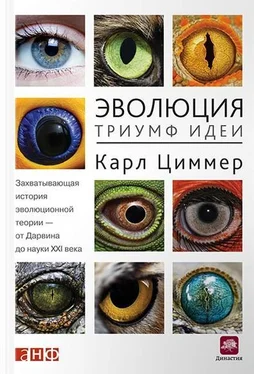
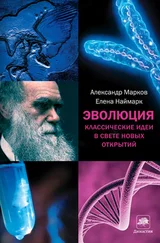
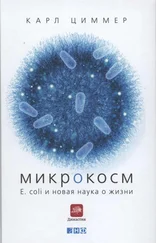
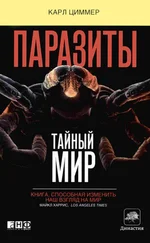
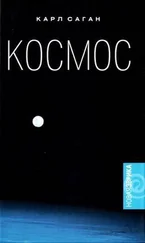
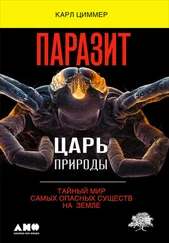
![Карл Циммер - Паразит – царь природы [Тайный мир самых опасных существ на Земле] [litres]](/books/396828/karl-cimmer-parazit-car-prirody-tajnyj-mir-sam-thumb.webp)
![Карл Циммер - Она смеется, как мать [Могущество и причуды наследственности] [litres]](/books/406077/karl-cimmer-ona-smeetsya-kak-mat-moguchestvo-i-pr-thumb.webp)
